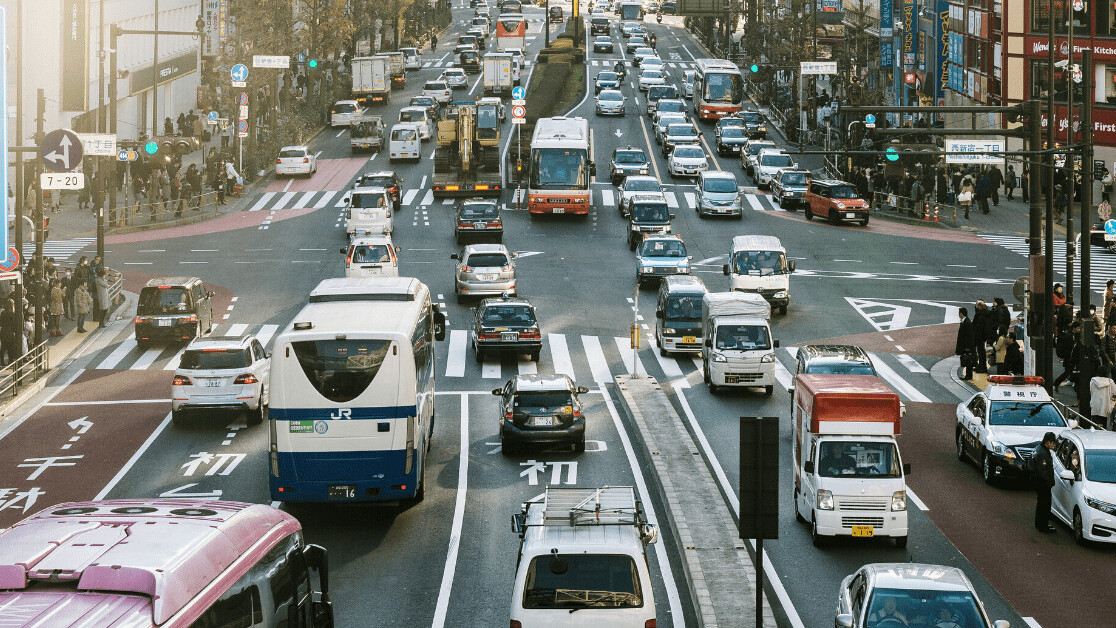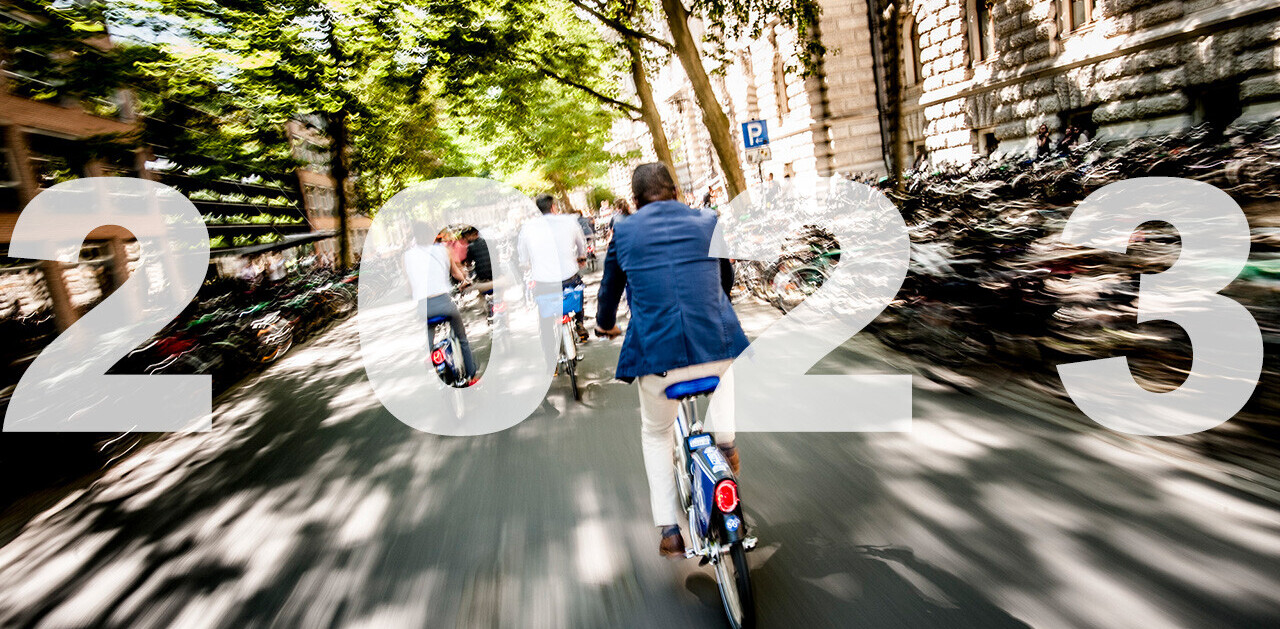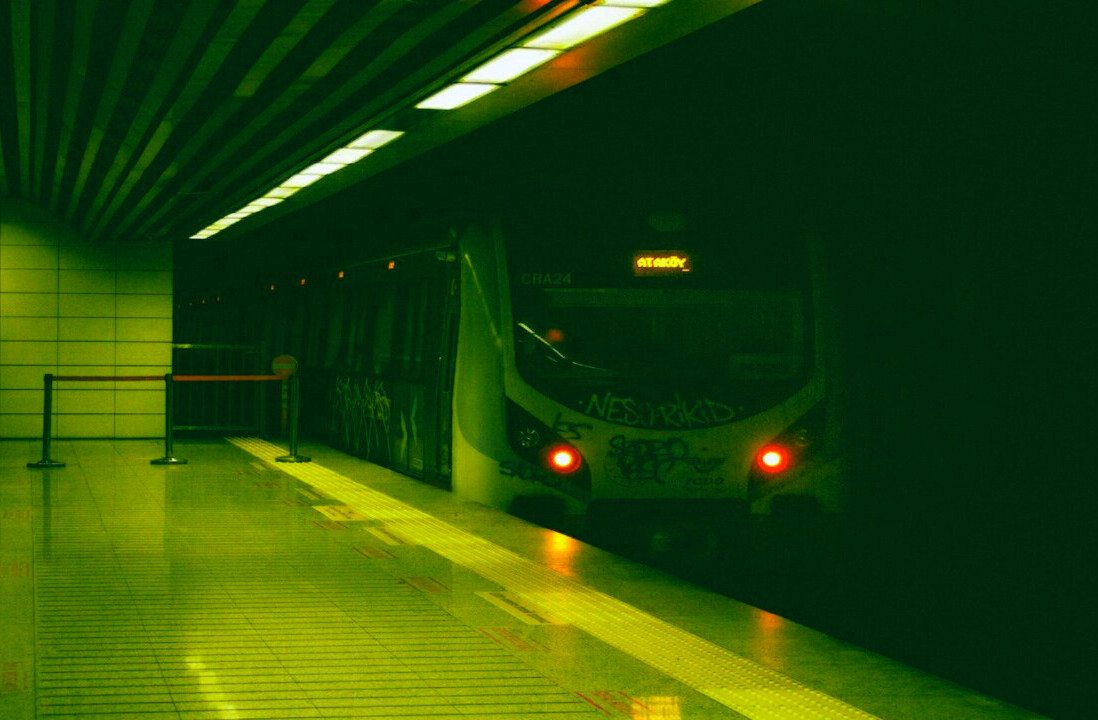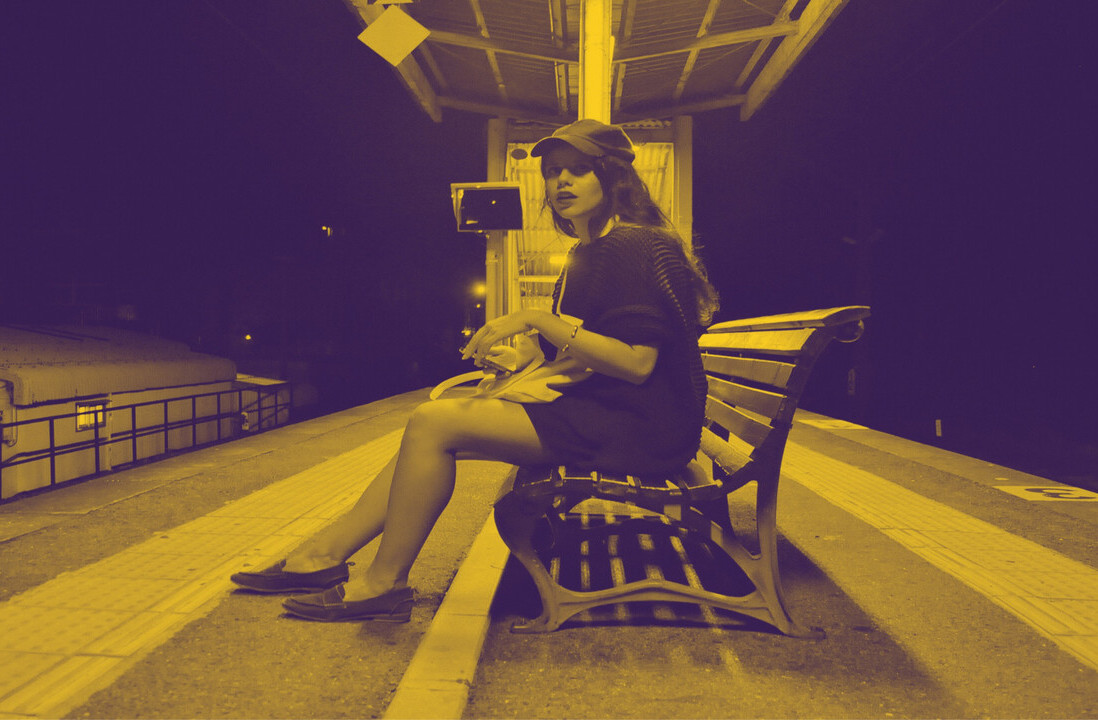
This article was originally published by Sarah Wray on Cities Today, the leading news platform on urban mobility and innovation, reaching an international audience of city leaders. For the latest updates follow Cities Today on Twitter, Facebook, LinkedIn, Instagram, and YouTube, or sign up for Cities Today News.
At a recent Cities Today Institute roundtable, cities across Europe told a consistent story – public transport ridership is down between 60 and 90 percent on pre-coronavirus levels and capacity is reduced due to social distancing, while private car usage is beginning to climb once again.
With revenues from media, parking and other taxes also slashed, this is adding up to a perfect storm of looming congestion and decimated budgets.
The International Association of Public Transport (UITP) estimates that urban and local public transport will face €40 billion (US$45 billion) in farebox revenue losses by the end of 2020. Several delegates reported projected deficits of between tens and hundreds of millions of euros.
Cost-cutting alone won’t be enough to address this but suggestions put forward at the online event went beyond this to include flexible road charging models, public-private funding, blended financing and more.
Counting the financial cost of COVID-19
Mattias Lundberg, Head of Transport Planning, City of Stockholm, detailed how car traffic in the Swedish capital is only ten percent lower than last year’s levels but public transport use has dropped by 60 percent. At the same time, home delivery services have risen sharply by 50-70 percent.
The municipality’s projected revenues have also been hit hard during the pandemic by a fall in income from sources such as certain business leases, parking fees and fines, including reductions and waivers for key workers.
“We foresee a continued decline in our revenues the rest of the year,” Lundberg said, adding that he expects “a very tight budget for next year,” amid ongoing trends such as recession and increased unemployment, a continuation of home-working and insecurity about using public transport.
Raimund Brodehl, Deputy Director-General, Ministry of Transport, Hamburg, similarly described how in the German city car traffic is now close to pre-coronavirus levels again, after a 30 percent drop, and transport ridership remains reduced by half.
“This isn’t only a financial challenge but also one for cities’ climate change and air quality efforts,” Brodehl said, noting that public transport plays a fundamental role in addressing these.
He expressed his deep concern that these trends will last for a long period and while suffering revenue losses, cities will be expected to provide a greater supply of transport than before to support social distancing.
Toll tipping point?
Giuseppe Grezzi, Councillor for Sustainable Mobility, City of Valencia, highlighted how his municipality, which has also seen a 90 percent drop in public transport passengers, is considering several measures to mitigate the economic uncertainty and ensure continuity and quality of transportation services. These include pushing for government grants and exploring bank financing.
Gabriel Makki, Product Manager, Kapsch TrafficCom, stressed that it’s key for cities to find solutions which address their revenue challenge and simultaneously support sustainability targets and minimise congestion and pollution. This, he said, requires a balance of strategies which tightly integrate the management of both supply and demand for the “scarce resource” of urban road capacity.
Demand management tactics he put forward include incentive schemes such as car-pooling, high-occupancy vehicle (HOV) lanes, congestion charging and access restrictions, while supply-side measures encompass traffic management (e.g. arterial optimisations) and supporting multi-modal mobility services like mobility-as-a-service (MaaS). These can be underpinned by solutions such as intelligent routing, dynamic kerb management and dynamic pricing for urban mobility services.
Although they have typically been controversial, Makki said he believes that in the current landscape, cities and transport operators are reaching a “tipping point” for the implementation of interventions such as access restrictions and congestion charges.
Transport for London (TfL), for instance, recently temporarily increased its congestion charge by 30 percent, as well as the number of hours it operates, to mitigate both traffic levels and the financial crisis the organisation is facing due to COVID-19.
Several other cities in Europe are now looking at city tolling and higher parking fees to reduce congestion and increase revenues, Makki said.
“What we’re seeing is cities accelerating their plans towards addressing congestion and pollution, with the added element of raising revenue,” he added.
Lundberg pointed out, though, that congestion charges are not a silver bullet as some high-income residents are “price-insensitive” to Stockholm’s toll and they continue to drive even if the levy is increased. Further, he said, the revenues from this system are already earmarked for transport investments in the region so will not address the coronavirus-induced shortfall.
Equitability is also sometimes raised as an objection to congestion charging and zonal fees but Makki noted that modern systems can help cities ensure measures are applied to support inclusivity and other goals – for instance, enabling exemptions for certain residents or electric vehicles, or allowing charging to be switched on only when pollution hits a certain level.
Another emerging trend, Makki said, is mileage-based charging, which can be implemented using GPS and geo-fencing technology, and can be a more acceptable option for citizens since it’s based on impact.
On the matter of incentives, participants in the discussion agreed that they are reluctant to introduce new discounts or pricing offers to encourage citizens back to public transport when it’s safe to do so. Most argued that they can’t afford their revenues to take any more of a hit at the moment.
Tapping tech
Artur Perchel, Deputy Director, Europe, UITP, which represents around 1,800 public transport operators, authorities and suppliers globally, highlighted the increasing importance of public transport being complemented by new forms of micromobility and active modes of travel, although he said systems must be designed to ensure that mass transit such as buses, trams and trains remains the “backbone”.
Valencia, for example, with its flat landscape, good weather and good bicycle network, is seeing a “boom” in bike mobility and electric scooters, Grezzi said.
Perchel stressed, too, that it’s now more essential than ever that transport providers “catch up” and capitalise on big data, contactless, cash-free technologies and mobile ticketing to ensure operations and safety are optimised.
“It’s extremely important to move in this direction,” he said.
Perchel also urged cities and transport operators to think creatively beyond grants and farebox revenues. For example, he said UITP members are considering strategies such as tapping private investment for lower-emission services such as electric and hydrogen buses, blending private loans with public grants and exploring joint procurement with neighbouring cities to boost efficiency.
Green shoots
Despite the steep challenges they face, several cities said the COVID-19 crisis has helped to advance some of their mobility goals.
One city, for example, reduced the available amount of green time for traffic and increased it for pedestrians city-wide to cut wait times at crossings and take some capacity out of the system. Its car traffic is now at around 75 percent of pre-lockdown levels and “we intend to maintain that as long as long as possible,” said the transport official.
Grezzi detailed, too, how as Valencia’s traffic decreased during the lockdown, levels of nitrogen dioxide and particulates also fell 70 percent.
“It allows us to show to our citizens that there is a correlation between the massive use of motorised vehicles and levels of pollution. So it’s helping us also to go forward with more measures to reduce car lanes and to give them over to people for walking and cycling,” he said, reflecting a trend in cities throughout the world to install new pop-up and permanent cycle tracks and footpath extensions.
Get the TNW newsletter
Get the most important tech news in your inbox each week.





